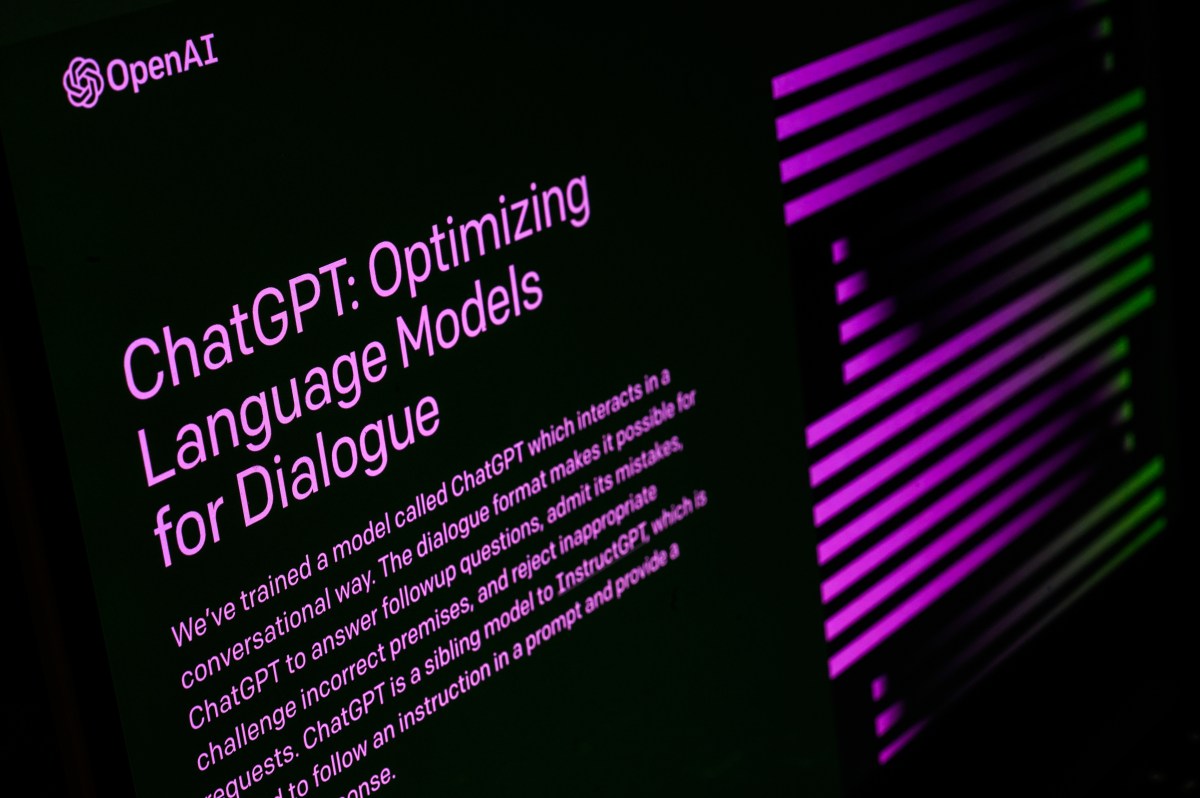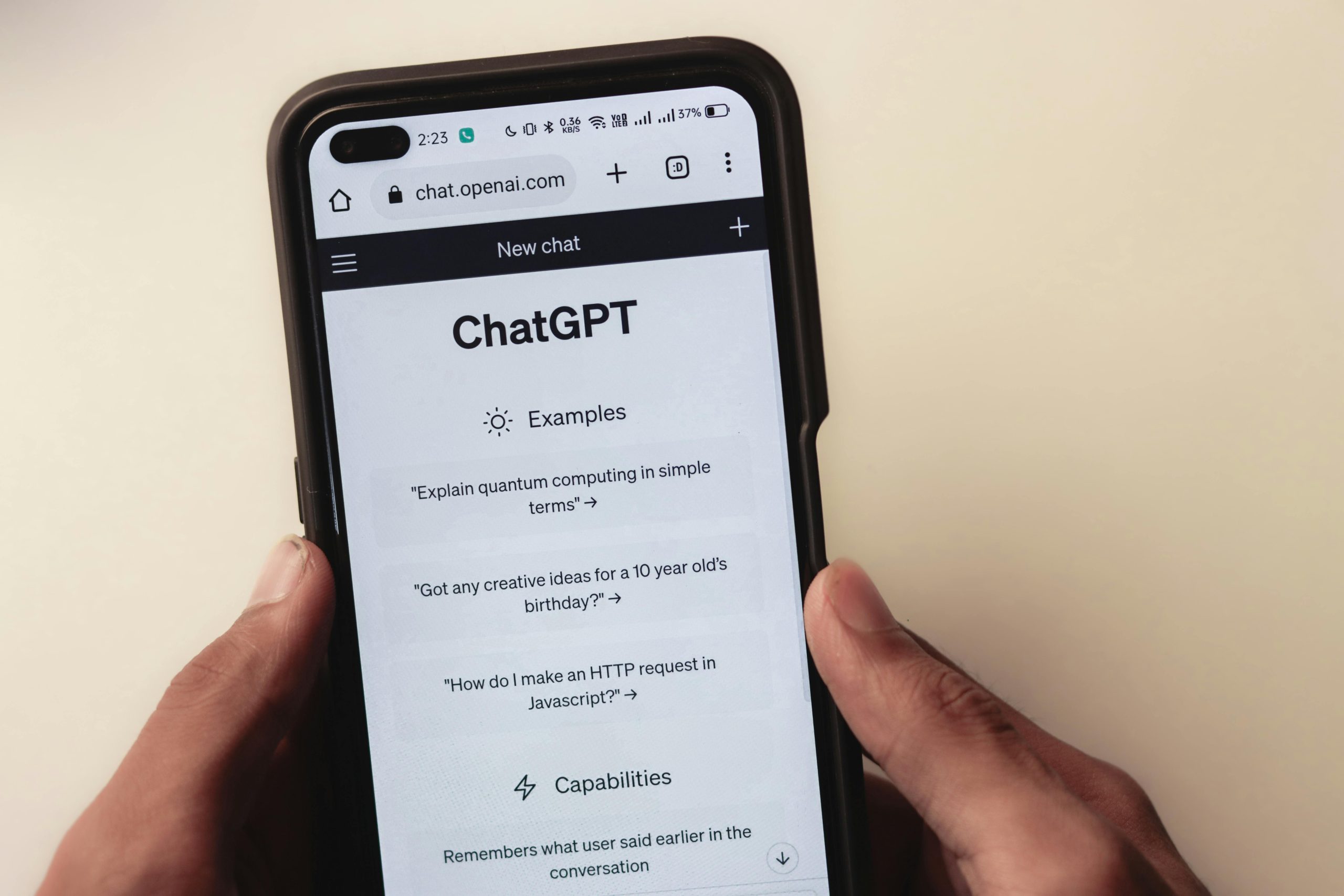Get the latest tech news
What Is ChatGPT Doing and Why Does It Work? (2023)
Stephen Wolfram explores the broader picture of what's going on inside ChatGPT and why it produces meaningful text. Discusses models, training neural nets, embeddings, tokens, transformers, language syntax.
(It’s also worth mentioning that “no-intermediate-layer”—or so-called “ perceptron ”—networks can only learn essentially linear functions—but as soon as there’s even one intermediate layer it’s always in principle possible to approximate any function arbitrarily well, at least if one has enough neurons, though to make it feasibly trainable one typically has some kind of regularization or normalization.) (For ChatGPT as it currently is, the situation is actually much more extreme, because the neural net used to generate each token of output is a pure “feed-forward” network, without loops, and therefore has no ability to do any kind of computation with nontrivial “control flow”.) Among them—some from long ago, some from recently, and some across many years—have been: Giulio Alessandrini, Dario Amodei, Etienne Bernard, Taliesin Beynon, Sebastian Bodenstein, Greg Brockman, Jack Cowan, Pedro Domingos, Jesse Galef, Roger Germundsson, Robert Hecht-Nielsen, Geoff Hinton, John Hopfield, Yann LeCun, Jerry Lettvin, Jerome Louradour, Marvin Minsky, Eric Mjolsness, Cayden Pierce, Tomaso Poggio, Matteo Salvarezza, Terry Sejnowski, Oliver Selfridge, Gordon Shaw, Jonas Sjöberg, Ilya Sutskever, Gerry Tesauro and Timothee Verdier.
Or read this on Hacker News
